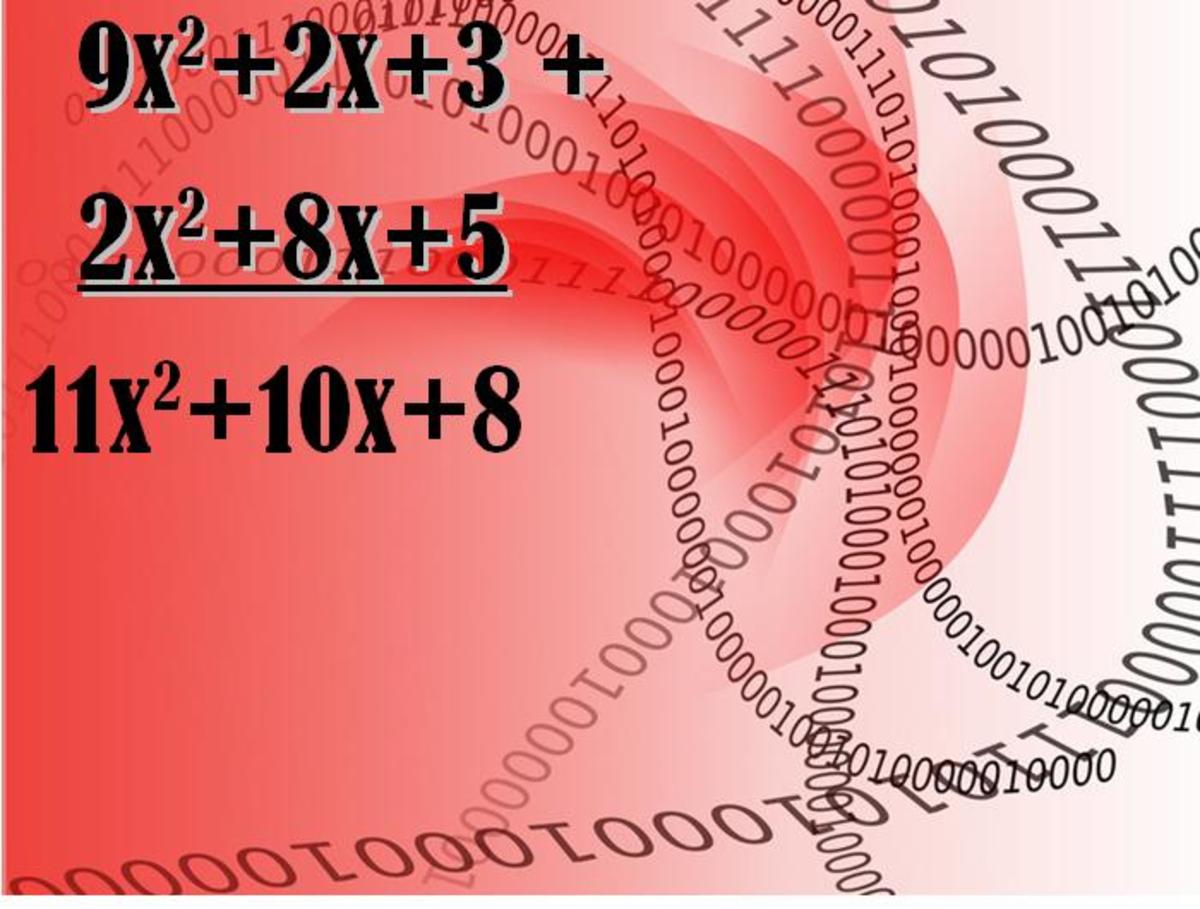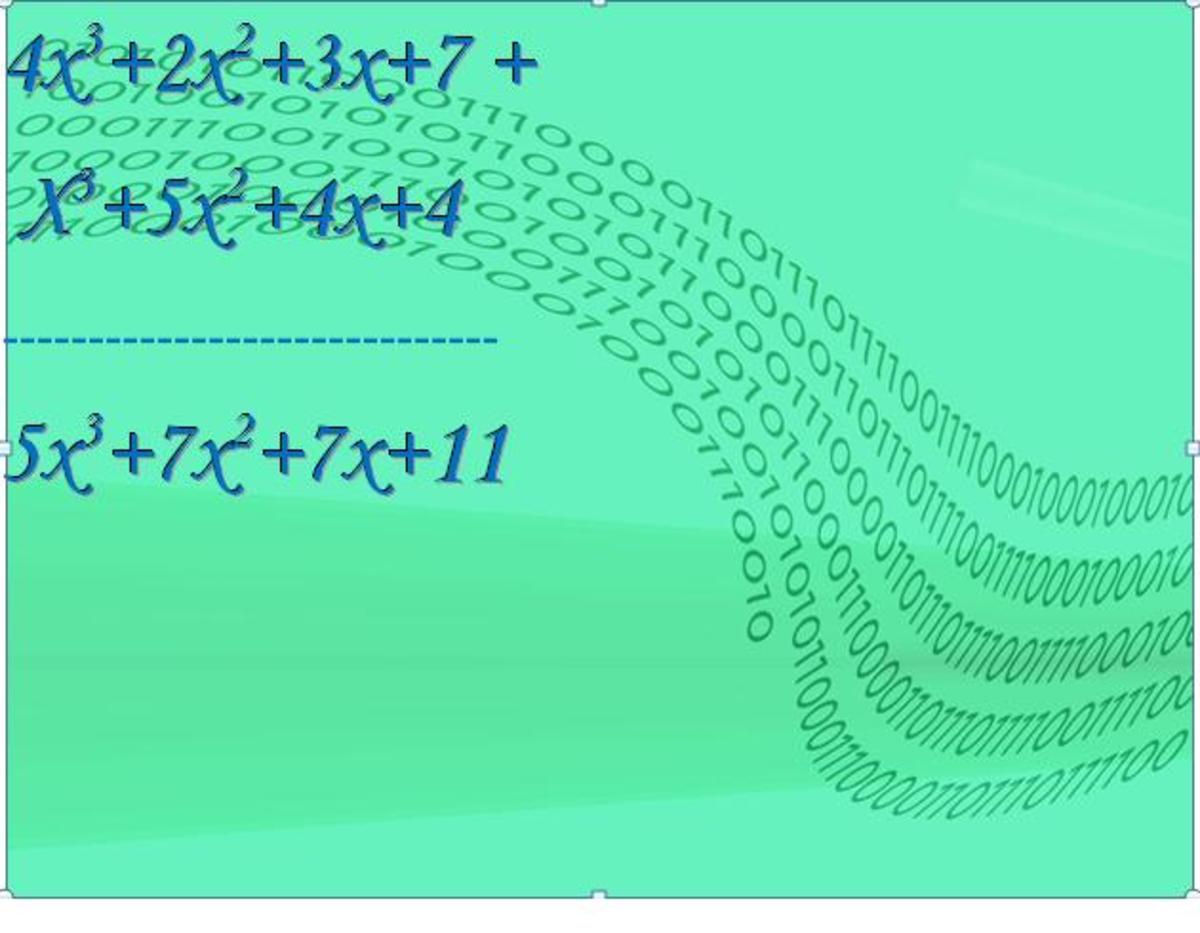- HubPages»
- Technology»
- Computers & Software»
- Computer Science & Programming
How to Reverse Numbers in Java, C, C#?
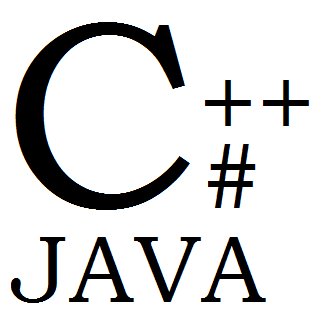
If you just started your programming language learning then it is obvious that your instructor might ask you to write a program to reverse a number in C, C# or Java. I saw many people apply different logic to reverse number like first converting that number to string and then reverse that using any built in string reverse method/function and again converting back to integer. But let me explain you what your instructor exactly wants you to do to reverse a number. We will not use any string reverse or any inbuilt method/function to do so; rather we will use mathematical logic to reverse any user inputted number. I am also going to create new function/method for this purpose and will name it ReverseNumber() which will help you to understand how to create function/method for specific logic.
If you feel your idea about function is not clear then you can read my C programming language tutorial on function and its types. You might find this interesting that function in C and C++ is called method in modern languages like C#, Java. Meaning of both word is same, so never get confused.
How to reverse any number applying mathematical logic
In this section I will explain you how to reverse a number using simple mathematical logic. Those who scares math don’t worry this is going to be very easy explanation as it doesn’t have any complex calculations. Let’s start with our example, we are going to reverse a number say 123 to 321.
We will take few variables to store values; variable names are self explanatory so I am not going to explain which variable is going to hold which value. As you know that length (no. of digits) of 123 is 3 so we have 3 iterations below which explains what happens in each iteration and which variable holds what value.
Variables
numberToReverse = 123, reversedNo = 0, tempNo = 0; tempNo = numberToReverse;
Iteration 1:
reversedNo = (reversedNo * 10) + (tempNo % 10) = (0 * 10) + (123 % 10) = 0 + 3 = 3 tempNo = tempNo / 10 = 123 / 10 = 12
After completing 1st iteration value of reversedNo is 3 and value of tempNo is 12.
Iteration 2:
reversedNo = (reversedNo * 10) + (tempNo % 10) = (3 * 10) + (12 % 10) = 30 + 2 = 32 tempNo = tempNo / 10 = 12 / 10 = 1
After completing 2nd iteration value of reversedNo is 32 and value of tempNo is 1.
Iteration 3:
reversedNo = (reversedNo * 10) + (tempNo % 10) = (32 * 10) + (1 % 10) = 320 + 1 = 321 tempNo = tempNo / 10 = 1 / 10 = 0
Congratulation guys we have successfully reversed the given number. After this iteration value of reversedNo would be 321 and value of tempNo would be 0. As I told you earlier that length of 123 is 3 so we have 3 iterations. If you try with any other number like 40678 then there will be 5 iterations as length of 40678 is 5. So don’t get confuse why I am showing here only 3 iterations to reverse a number.
C program to reverse a number
#include "stdio.h"
#include "conio.h"
int ReverseNumber(int numberToReverse);
void main()
{
int numberToReverse = 0;
clrscr();
printf("Enter any number to reverse : ");
scanf("%d", &numberToReverse);
printf("Reversed number is : %d", ReverseNumber(numberToReverse));
getch();
}
int ReverseNumber(int numberToReverse) {
int reversedNo = 0, tempNo = 0;
tempNo = numberToReverse;
while (tempNo > 0) {
reversedNo = (reversedNo * 10) + (tempNo % 10);
tempNo = tempNo / 10;
}
return reversedNo;
}Explanation of reverse number program
As I explained it earlier, I applied same logic in all programs. Above program is divided into two parts or you can say in two functions, first is “main()” and second is “ReverseNumber()” function. I have kept number reverse logic in “ReverseNumber()” function and I think this function is good example for those who find writing function difficult. To reverse any number just pass that number as parameter of “ReverseNumber()” function and this function will return reversed value. Don’t you think it’s very simple to have function?
Line no. 16 - 24 is “ReverseNumber()” function and this function takes integer as parameter and return returns integer. We have declared prototype of this function in line no. 4 (know more about function and function prototype here). In this function we have declared two variable of integer type. One will hold temporary value (tempNo) and other will hold final reversed value (reversedNo). In line no. 19 we have while loop which check whether value of tempNo variable is greater than zero (0) or not. This while loop will continue executing its statement till value of tempNo is 0 or less than 0. I am not going to explain logic written inside while loop as it’s been already discussed in beginning of this tutorial.
It’s time to see how we are calling this function from main() function. For us line no. 11 and 12 is interesting one. In line no. 11 we are storing user inputted value to variable numberToReverse. Now we have number to reverse we can call our function “ReverseNumber()” to reverse it. In line no. 12 we did same thing, we called “ReverseNumber()” function and then outputted that value on screen. We can write line no. 12 in different way also, what I used in program is shortcut method.
We can write line no. 12 in following way also:
int result = 0; // declare this in line no. 8.
//you can replace line no. 12 with below 2 lines,
//output will remain same.
result = ReverseNumber(numberToReverse);
printf("Reversed number is : %d",result);C++ program to reverse a number
#include "conio.h"
#include "iostream.h"
int ReverseNumber(int numberToReverse);
void main()
{
int numberToReverse = 0;
clrscr();
cout<<"Enter any number to reverse : ";
cin>>numberToReverse;
cout<<"Reversed number is : "<<ReverseNumber(numberToReverse);
getch();
}
int ReverseNumber(int numberToReverse) {
int reversedNo = 0, tempNo = 0;
tempNo = numberToReverse;
while (tempNo > 0) {
reversedNo = (reversedNo * 10) + (tempNo % 10);
tempNo = tempNo / 10;
}
return reversedNo;
}
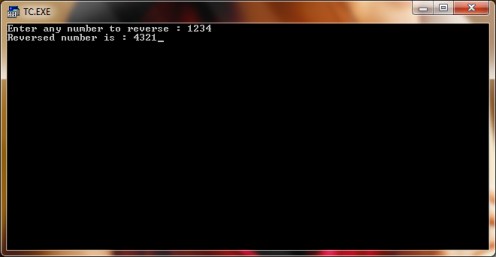
How to reverse number in C#?
using System;
namespace BasicPrograms
{
public class NumberReverse
{
static void Main(string[] args)
{
int numberToReverse = 0;
Console.Write("Enter any number to reverse : ");
string num = Console.ReadLine();
numberToReverse = Convert.ToInt32(num);
Console.WriteLine("Reversed number is : {0}", ReverseNumber(numberToReverse));
Console.ReadLine();
}
public static int ReverseNumber(int numberToReverse)
{
int reversedNo = 0, tempNo = 0;
tempNo = numberToReverse;
while (tempNo > 0)
{
reversedNo = (reversedNo * 10) + (tempNo % 10);
tempNo = tempNo / 10;
}
return reversedNo;
}
}
}
How to reverse number in C# output
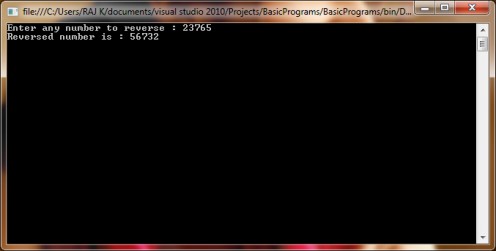
How to reverse a number in Java?
import java.util.Scanner;
public class NumberReverse {
public static void main(String[] args) {
int numberToReverse = 0, reversedNo = 0;
System.out.print("Enter any number to reverse : ");
Scanner input=new Scanner(System.in);
numberToReverse = Integer.parseInt(input.next());
System.out.println("Reversed number is : " + ReverseNumber(numberToReverse));
}
public static int ReverseNumber(int numberToReverse)
{
int reversedNo = 0, tempNo = 0;
tempNo = numberToReverse;
while (tempNo > 0)
{
reversedNo = (reversedNo * 10) + (tempNo % 10);
tempNo = tempNo / 10;
}
return reversedNo;
}
}Reverse a number in Java
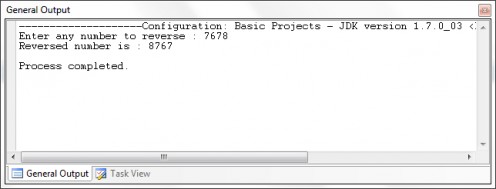
Reverse number program poll.
Did this help you to learn about reverse number program logic?
© 2012 RAJKISHOR SAHU




